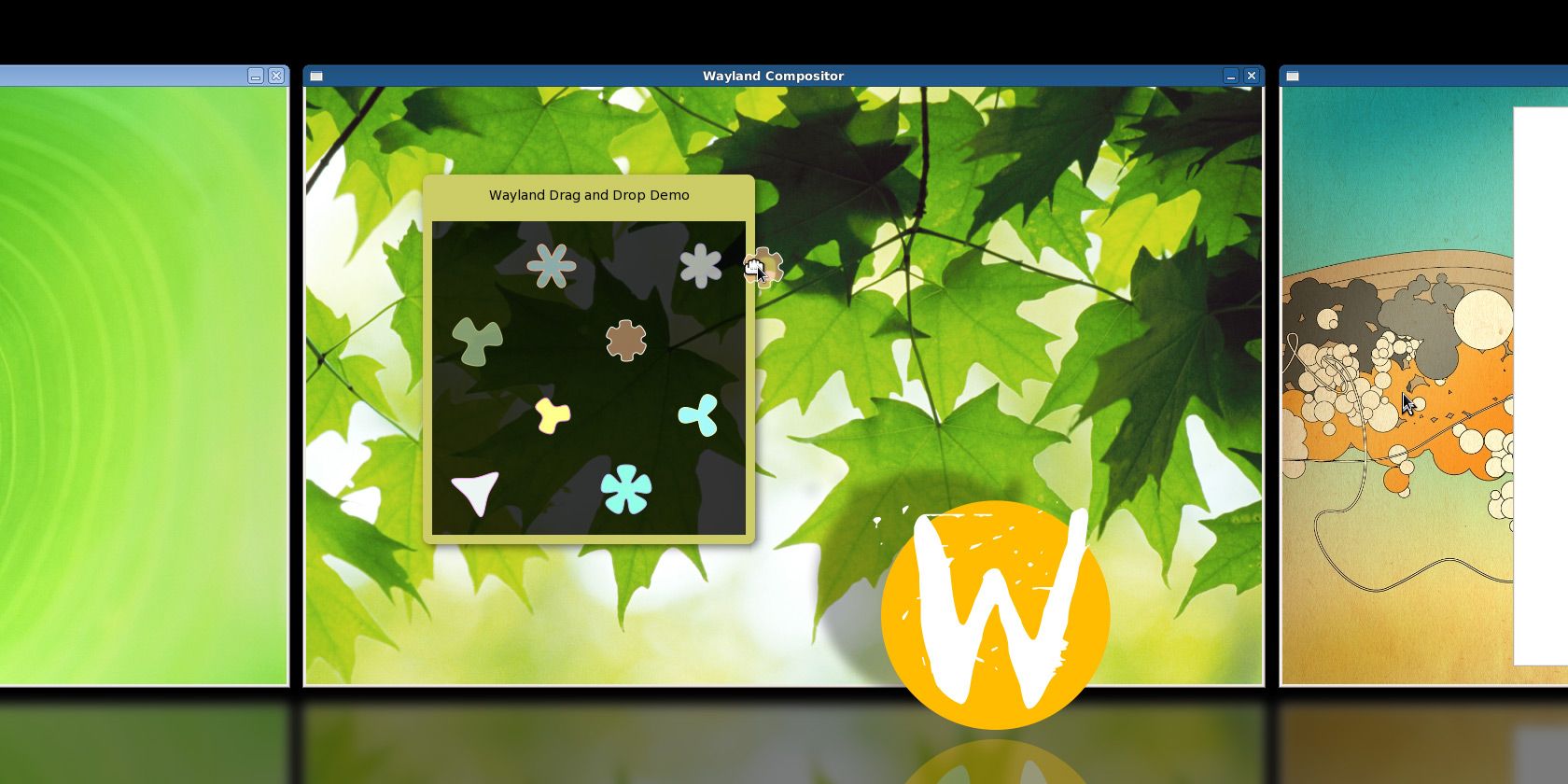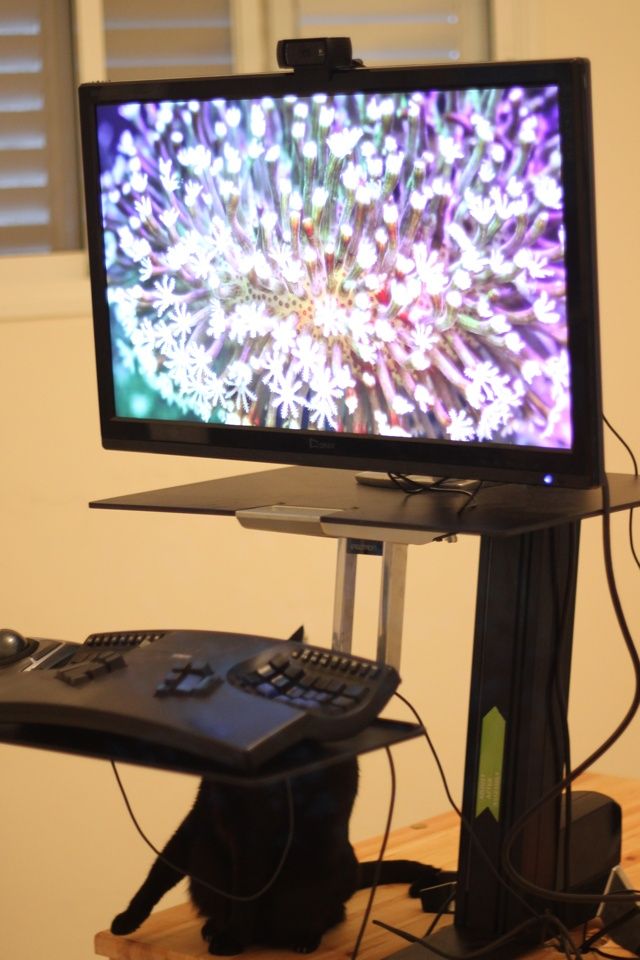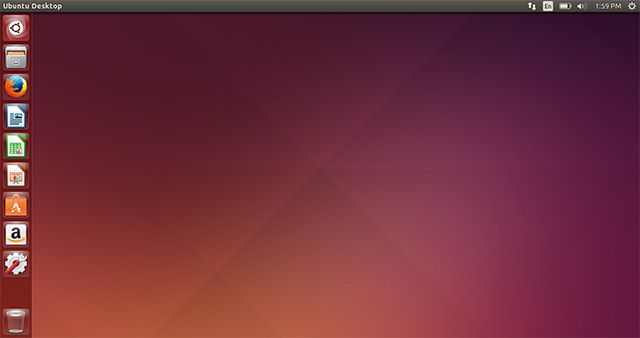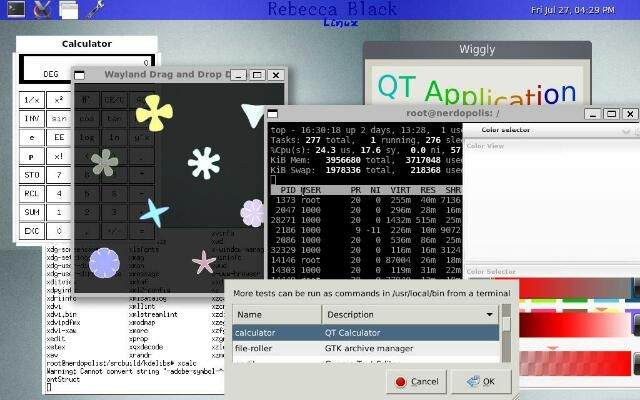Linux distributions will soon get a new display server called Wayland. But what exactly is it, and why is it important? Let's take a look at Wayland, and see how you can try it out right now.
What Is Wayland?
Wayland is a new display server that should be reaching Linux distributions within the next few years. While the Wayland display server is already considered to be stable, it's still missing some useful functionality, and the majority of user interface toolkits such as GTK and Qt do not have enough support yet for Wayland to actually be used. However, support is currently being worked on, and Wayland will finally be included in Linux distributions once that support is in place.
What's A Display Server?
But you may be wondering, what's a display server? It's the piece of software that coordinates between the input and output of the system in conjunction with what you see on the screen.
So the user interface toolkits such as GTK and Qt tell the display server how to use interface elements like windows and buttons, and also talk to the mouse to know where to place the cursor. It also interacts with the programs and operating system based on what you do in the GUI. In other words, if you click on a "Render" button in a video editing application, then the display server tells the program that the button was clicked, which starts the rendering process.
Wayland Compared To The X Display Server
While Wayland is a new display server, it's not the first as we currently use a different display server for our desktop needs. So what's wrong with the current display server, known as the X.org X Display Server? The short answer: a lot.
The code base that the X display server is based on is at least three decades old, and has been constantly tweaked and adjusted to provide new features. So not only is the code really old, but it's also a complete mess. All the features are spread around in various files, and there is still code for functionality that no one ever uses anymore. Worst of all, there are several bugs in the code that are security issues, just waiting to be discovered and exploited.
Rather than try to rewrite the entire X display server to turn that mess into something more manageable, the community has opted to instead write a new display server from scratch. Not only is that easier to do, but it also allows the developers to plan for future needs and design implementations before they actually start writing the code. That will also help lead to much cleaner code.
Wayland vs. Mir
Wayland isn't the only up-and-coming display server out there. Canonical, the company behind Ubuntu, has forked Wayland to create their own display server called Mir. Canonical didn't like the direction of Wayland, and decided to fork the project to gain complete control over their display server's development.
The community was outraged by Canonical's decision to fork Wayland to create Mir, since it meant developers would have to work to support two display servers instead of just one. For the time being though, it seems like Mir is still being developed at a steady pace, and is meant to be included in Ubuntu desktop and Ubuntu Touch releases eventually.
How To Try Wayland
Now that you know a bit about Wayland, it's time to try it out! The best way to do this without messing around with your own Linux installation is to download a copy of the latest version of Rebecca Black OS. Ignore the name, because it serves as a pretty good technology preview for Wayland and a desktop environment that supports Wayland called Hawaii. Once you have it downloaded, you can write it to a USB stick and boot off that. Running it on a virtual machine sadly won't work (at least not for now) because there isn't a graphics driver available that works with both Wayland and VirtualBox.
If you want to try out Wayland on a more popular distribution, Fedora does offer a Wayland preview which you can access by running the command:
gnome-session --session gnome-wayland
Again, use it at your own risk, especially since GNOME doesn't support Wayland nearly as well as the Hawaii desktop environment does.
Wayland's Future
Hopefully adoption of Wayland will happen quickly, because the earlier we switch to a cleaner code base, the better. It'll be much safer and probably faster as it'll also be less resource-hungry. Until then, you can always get the latest version of Rebecca Black OS to test it out.
What do you think of Wayland? Are you glad to eventually switch to it? Let us know in the comments!




